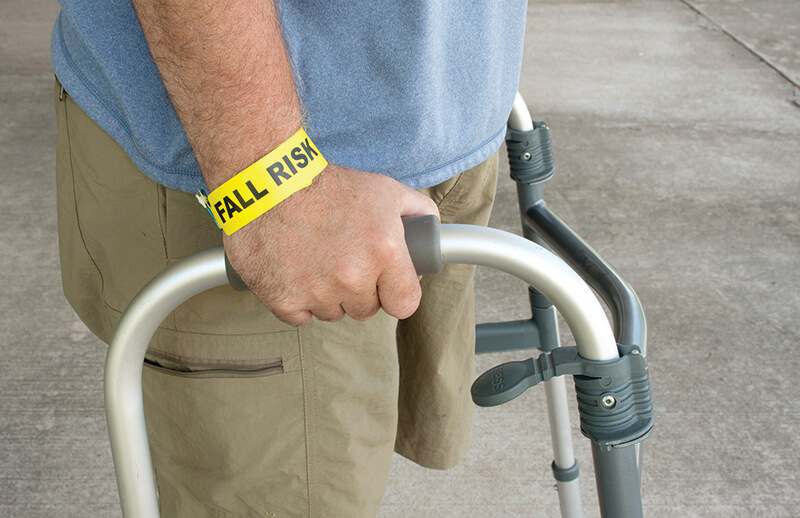Each year millions of adults ages 65 and older fall. Falls can cause moderate to severe injuries, such as hip fractures and head traumas, and can increase the risk of early death. Fortunately, falls are a public health problem that can be prevented.
How big is the problem?
- 1 out of 3 older adults (those aged 65 or older) falls each year but less than half talk to their healthcare providers about it.
- Among older adults, falls are the leading cause of both fatal and nonfatal injuries.
- In 2013, 2.5 million nonfatal falls among older adults were treated in emergency rooms and more than 734,000 of these patients were hospitalized.
What outcomes are linked to falls?
- 20-30% of people who fall suffer moderate to severe injuries such as laceration, hip fractures and head traumas. These injuries can make it hard to get around or live independently, and increase the risk of early death.
- Falls are the most common cause of traumatic brain injuries (TBI).
- About half of the fatal falls among older adults are due to TBI.
- Most fractures among older adults are caused by falls. The most common are fractures of the spine, hip, forearm, leg ankle, pelvis, upper arm and hand.
- Many people who fall, even if not injured, develop a fear of falling. This fear may cause them to limit their activities, which leads to reduced mobility and loss of physical fitness, and in turn increases their actual risk of falling.
Fall-Related Deaths
- The death rates from falls among older men and women have risen sharply over the past decade.
- In 2013, about 25,500 older adults died from unintentional fall injuries.
- Men are more likely than women to die from a fall. After taking age into account, the fall death rate is approximately 40% higher for men than women.
- Rates also differ by ethnicity (i.e. Older non-Hispanics have higher fatal fall rates than Hispanics).
Fall Injuries
- People age 75 and older who fall are four to five times more likely than those ages 65 to 74 to be admitted to a long-term care facility for a year or longer.
- Rates of fall-related fractures among older women are more than twice those for men.
- Over 95% of hip fractures are caused by falls. Each year, there are over 258,000 hip fractures and the rate for women is almost twice the rate for men.
How can older adults prevent falls?
- Exercise regularly. It is important that the exercises focus on increasing leg strength and improving balance, and that they get more challenging over time.
- Ask their doctor or pharmacist to review their medicines-both prescription and over-the-counter, to identify medicines that may cause side effects or interactions such as dizziness or drowsiness.
- Have their eyes checked by an eye doctor at least once a year and update their eyeglasses to maximize their vision.
- Make their homes safer by reducing tripping hazards, adding grab bars inside and outside the tub or shower and next to toilet, adding railings on both sides of stairways and improving lighting in their homes.
The Forest County Potawatomi Community Health Dept. can assist FCP Tribal members in providing In-Home Fall Risk Assessment. Please contact the Community Health Dept. 715-478-4355 with any questions or to schedule an assessment.
References
Stevens JA, Ballesteros MF, Mack KA, Rudd RA, DeCaro E, Adler G. Gender differences in seeking care for falls in the aged Medicare Population. American Journal of Preventive Medicine 2012; 43:49-62
Content source: Centers for Disease Control and Prevention, National Center for Injury Prevention and Control. Web-based Injury Statistics Query and Reporting System (WISQARS) (http://www.cdc.gov/injury/wisqars)

